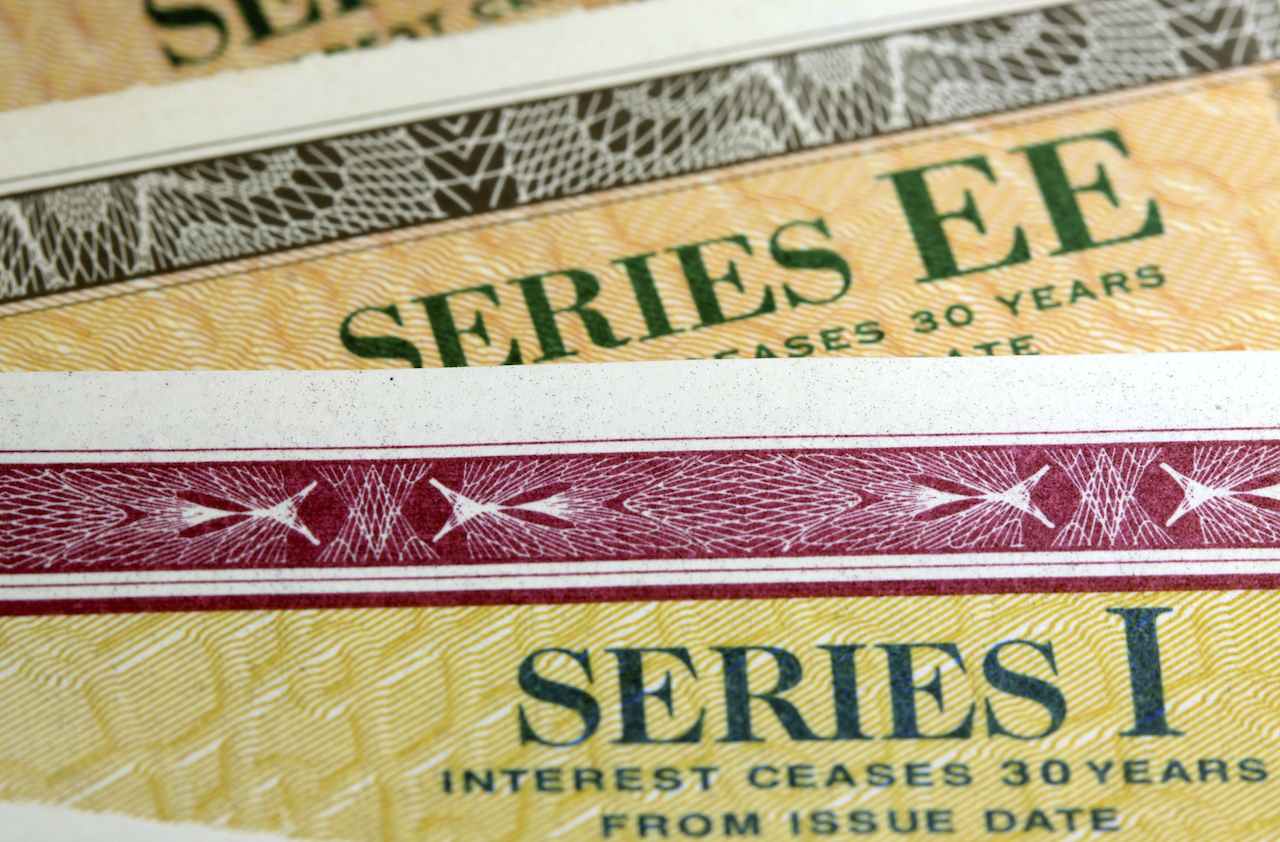Savings Bonds: EE-I, EE-I, Oh!
Savings bonds offer competitive yields, unquestioned safety and some unique tax features, too.

Once thought of chiefly as a haven for scaredy-cats and an obvious gift for kids' birthdays and bar mitzvahs, savings bonds have been finding their way into serious investors' portfolios since the government floated interest rates in the early 1980s. Today, savings bonds offer competitive yields, unquestioned safety and some unique tax features that make them especially suited for savers with an eye on college costs or retirement some years away.
Savings bonds are protected against default by the full faith and credit of the U.S. government. The only way you can lose the principal is to lose the bond, and if you do lose the bond (or if it is stolen or destroyed), you can get it replaced by completing form 1048 and mailing it to the Bureau of the Fiscal Service, P.O. Box 7012, Parkersburg, WV 26106-7012
Through the years, an alphabet of savings bonds have been issued, and while some of these bonds may still be gathering interest, they are no longer available for purchase. Today, investors can only buy series EE and I bonds. Here's how they break down:
From just $107.88 $24.99 for Kiplinger Personal Finance
Become a smarter, better informed investor. Subscribe from just $107.88 $24.99, plus get up to 4 Special Issues

Sign up for Kiplinger’s Free Newsletters
Profit and prosper with the best of expert advice on investing, taxes, retirement, personal finance and more - straight to your e-mail.
Profit and prosper with the best of expert advice - straight to your e-mail.
EE bonds are sold for half of face value in denominations ranging from $50 to $10,000 for paper bonds -- bonds bought online are sold for face value ranging from $25 to $30,000. EEs earn a fixed rate of interest for 30 years. Rates for new issues are adjusted twice a year, in May and November, with each new rate effective for all bonds purchased over the next six months. EE bonds pay all of their accrued interest when they are redeemed.
The interest paid by I bonds actually comes in two parts: You get an underlying fixed rate, which is announced when the bonds are issued, plus a second rate that equals the level of inflation. For example, if the flat rate is 3% and inflation is 2%, then I bonds would pay 5% that year. Potential buyers shouldn't be put off by the relatively low fixed rate paid by I bonds. Consider them an inflation hedge and think of them this way: With a fixed rate of 3% and low inflation, your return will be low but you'll still be beating inflation by 3%, year after year. If inflation soars to, say, 10%, the return on your I bonds will be 13%. Like EE bonds, I bonds earn interest for 30 years and pay that interest when the bonds are redeemed.
Profit and prosper with the best of Kiplinger's advice on investing, taxes, retirement, personal finance and much more. Delivered daily. Enter your email in the box and click Sign Me Up.
-
 How to Plan a Microvacation That Actually Feels Restful
How to Plan a Microvacation That Actually Feels RestfulHow a simple long weekend can boost your mood, reduce stress and make winter feel shorter.
-
 We're retired and fight more than ever. Should we take a break?
We're retired and fight more than ever. Should we take a break?Can taking a break save a marriage? We asked professional relationship therapists for advice.
-
 Turning 59½: 5 Planning Moves Most Pre-Retirees Overlook
Turning 59½: 5 Planning Moves Most Pre-Retirees OverlookAge 59½ isn't just when you can access your retirement savings tax-free. It also signals the start of retirement planning opportunities you shouldn't miss.
-
 The Kiplinger Letter's 10 Forecasts for 2026
The Kiplinger Letter's 10 Forecasts for 2026The Kiplinger Letter Here are some of the biggest events and trends in economics, politics and tech that will shape the new year.
-
 Special Report: The Future of American Politics
Special Report: The Future of American PoliticsThe Kiplinger Letter The Political Trends and Challenges that Will Define the Next Decade
-
 What to Expect from the Global Economy in 2026
What to Expect from the Global Economy in 2026The Kiplinger Letter Economic growth across the globe will be highly uneven, with some major economies accelerating while others hit the brakes.
-
 Shoppers Hit the Brakes on EV Purchases After Tax Credits Expire
Shoppers Hit the Brakes on EV Purchases After Tax Credits ExpireThe Letter Electric cars are here to stay, but they'll have to compete harder to get shoppers interested without the federal tax credit.
-
 The Economy on a Knife's Edge
The Economy on a Knife's EdgeThe Letter GDP is growing, but employers have all but stopped hiring as they watch how the trade war plays out.
-
 Banks Are Sounding the Alarm About Stablecoins
Banks Are Sounding the Alarm About StablecoinsThe Kiplinger Letter The banking industry says stablecoins could have a negative impact on lending.
-
 Japan Enters a New Era of Risk and Reform
Japan Enters a New Era of Risk and ReformThe Kiplinger Letter Japan has entered a pivotal moment in its economic history, undertaking ambitious policy and structural reforms to escape from decades of stagnation.
-
 After Years of Stagnant Growth, Hope Emerges for EU Economy
After Years of Stagnant Growth, Hope Emerges for EU EconomyThe Kiplinger Letter Can a German fiscal push outweigh French political peril?